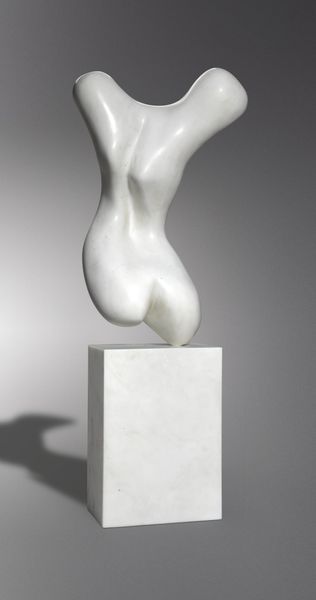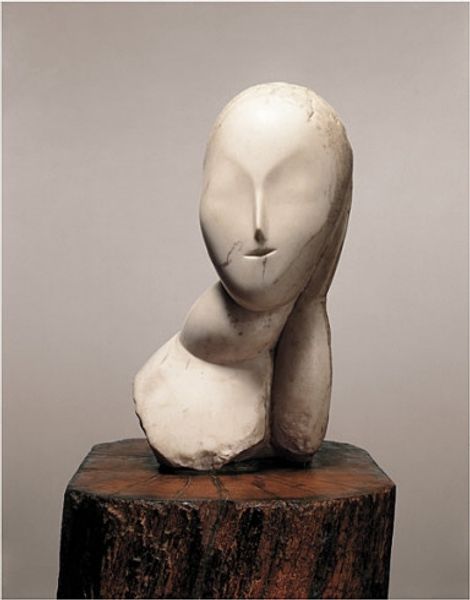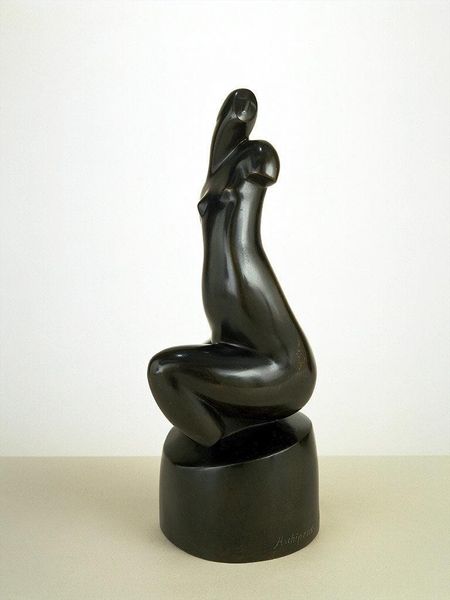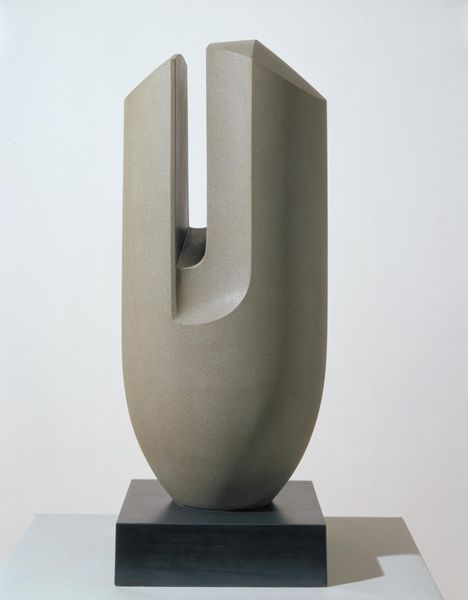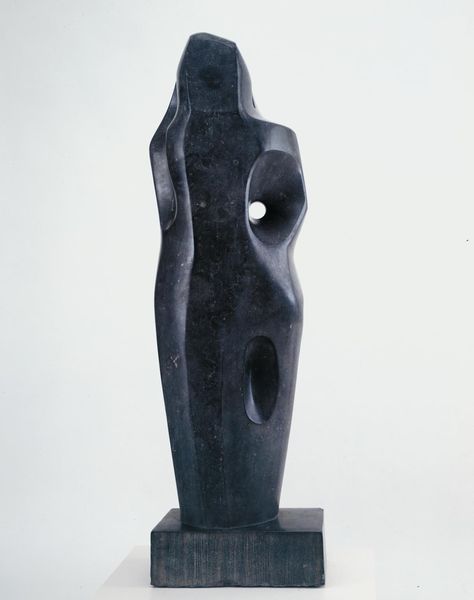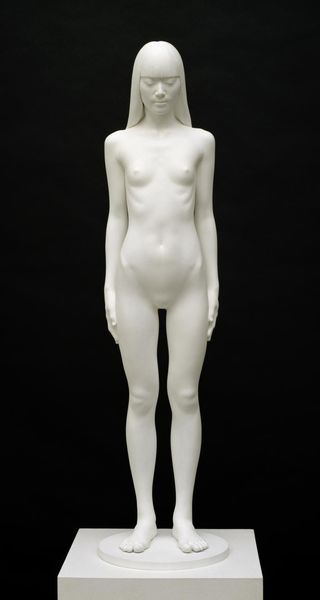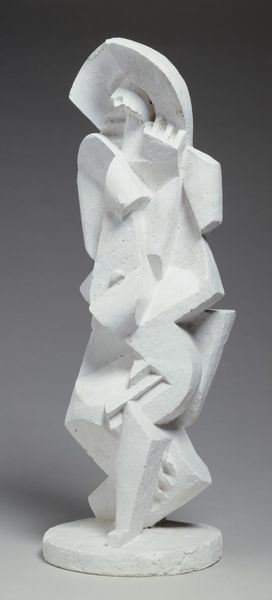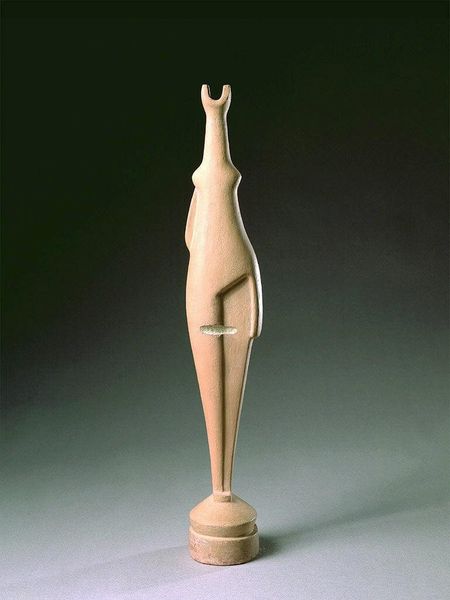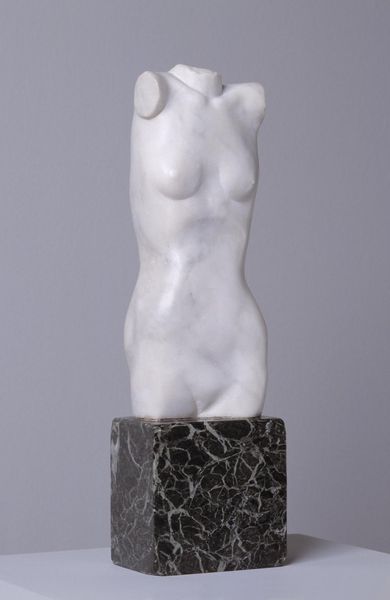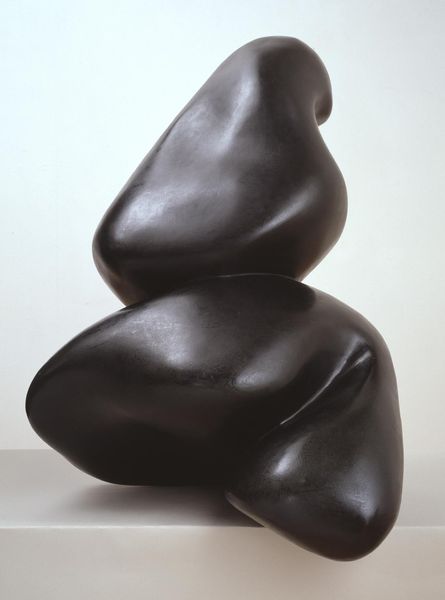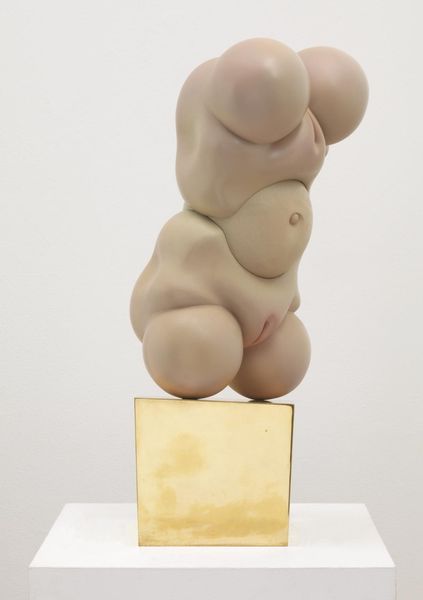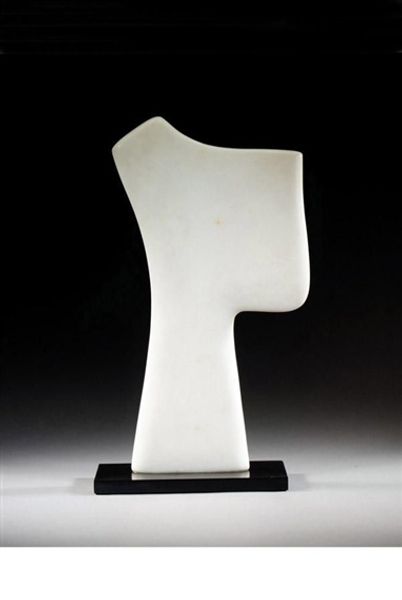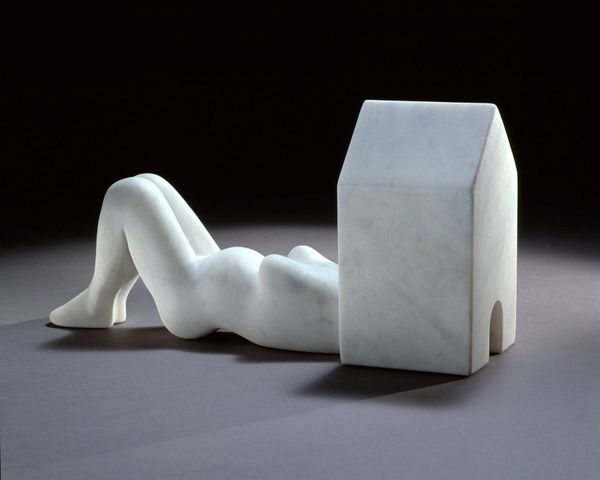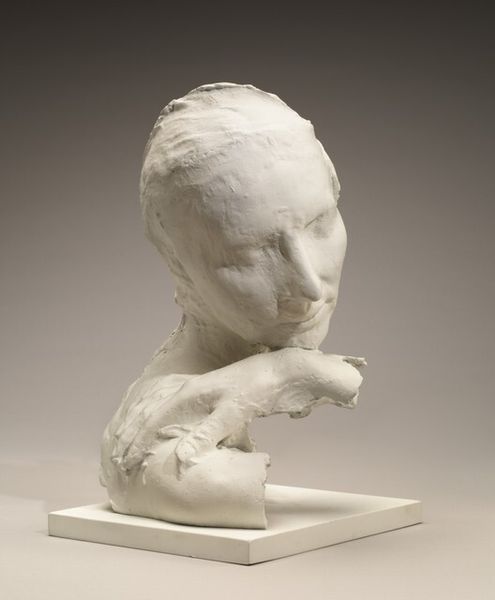
sculpture, marble
#
portrait
#
sculpture
#
abstraction
#
marble
#
modernism
Copyright: Constantin Brâncuși,Fair Use
Editor: This is "White Negress II," a marble sculpture created by Constantin Brâncuși in 1926. It's so smooth and simplified; it reminds me of an egg, or perhaps a highly abstracted portrait. How do you interpret this work? Curator: The power of Brâncuși lies in how he reduces form to its most essential, potent symbolic state. Notice how he utilizes ovoid shapes. Eggs, the genesis of life, fertility, and potential. Consider the cultural context. The title itself, "White Negress," is jarring, forcing a conversation about race and representation. Why does he name her so? What might that imply about his gaze? Editor: That’s a really interesting question! The title certainly makes you consider his perspective as a white European sculptor. And how the piece could be referencing stereotypes or exoticism. Curator: Precisely. Abstraction becomes a powerful tool here. Does simplifying her features amplify or diminish her identity? Does it participate in or critique cultural tropes and imagery? Consider that period: early 20th century Paris, a hub of colonialism and avant-garde art. All this becomes culturally inscribed in marble. The shape could resemble African masks, while also becoming something wholly universal, human. Editor: I see what you mean. It makes you wonder what images and archetypes were in his mind. So many cultural threads woven into one sculpture. I definitely didn't initially consider the complexity embedded within what seemed like a simple shape. Curator: Indeed, art like this is deceptively simple. This piece asks profound questions about the cross-cultural inheritance and visual rhetoric of art. Its impact continues resonating in the collective conscious.
Comments
No comments
Be the first to comment and join the conversation on the ultimate creative platform.
